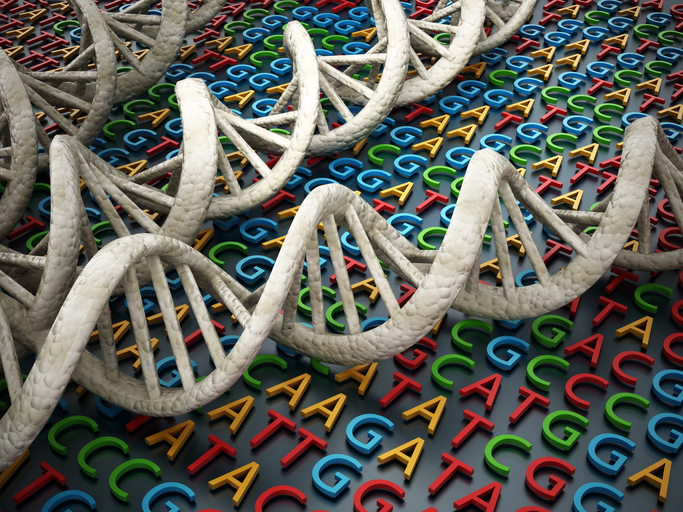
Sequencing thousands of whole genomes has challenged established views on the origins of Japanese people and traced disease-related genetic variants to ancient relatives of modern humans.
The comprehensive genetic dataset has enabled researchers to delve into unexplored territory regarding the Japanese population and its genetic makeup.
Whole-genome sequencing (WGS) people from seven regions identified triancestral origins for the modern Japanese, countering traditional ideas that they are descended from two groups, first the Jomon people and later the Yayoi people.
Instead, the findings show they likely originated with Neolithic Jomon hunter-gatherers, as well as ancient predecessors to the Han Chinese, and another unidentified group with links to Northeast Asia.
“The study emphasized potential applications of WGS in personalized medicine and other clinical settings and highlighted the importance of extending WGS to diverse populations to decode genetic characteristics and better understand human history in a population-specific manner,” reported Chikashi Terao, PhD, from the RIKEN Center for Integrative Sciences in Yokohama, and colleagues, in an article published in Science Advances.
Large-scale population-wide WGS studies to date disproportionately represent people of European descent, they noted, which could lead to unequal benefits in precision medicine.
For example, polygenic risk scores have often been found to have far greater accuracy for people with European ancestry than others.
In an effort to capture a broader spectrum of genetic variation, the investigators generated the Japanese Encyclopedia of Whole-Genome/Exome Sequencing Library (JEWEL), a comprehensive WGS of 3,256 Japanese individuals using samples from Biobank Japan.
Combining JEWEL with a study of rare variants and population genetic analyses revealed the tripartite origins of the Japanese population.
The team also used JEWEL to examine the genetic legacy of Neanderthals and Denisovans—two extinct relatives of modern humans—and investigated these associations with various phenotypes, in the largest non-European analysis to date.
The research revealed new loss-of-function variants for particular genes within the Japanese population, identifying 44 archaic segments including two from Denisovans and 42 from Neanderthals.
The two Denisovan segments corresponded to height and type 2 diabetes while several of those relating to Neanderthals had links with diseases including, among others, coronary artery disease, rheumatoid arthritis, prostate cancer, and atopic dermatitis.
“In summary, our study has unveiled genetic characteristics of the Japanese population that were not previously discernible with microarray data,” the researchers concluded.
“The extensive dataset created in this study also serves as a reference for future genetic research within and beyond the Japanese population.”













